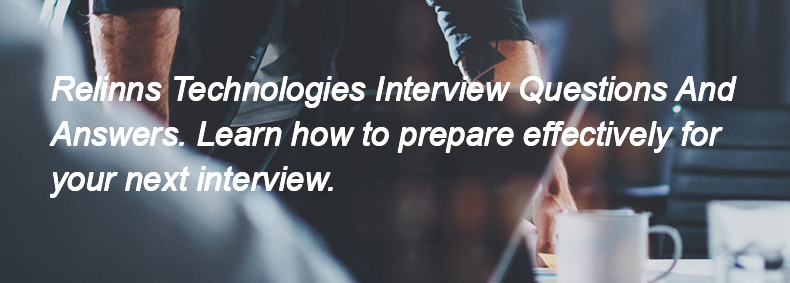Ques:- Which Collection class is used for FIFO in Java?
Asked In :-
Relinns Technologies, Course5 Intelligence, Eoxys Systems, Alphind Software Solutions, Avontix Solutions, derivco, polarion software,

Please login to post an answer.
LIST comprehensions features were introduced in Python version 2.0, it creates a new list based on existing list.
It maps a list into another list by applying a function to each of the elements of the existing list.
List comprehensions creates lists without using map() , filter() or lambda form.
